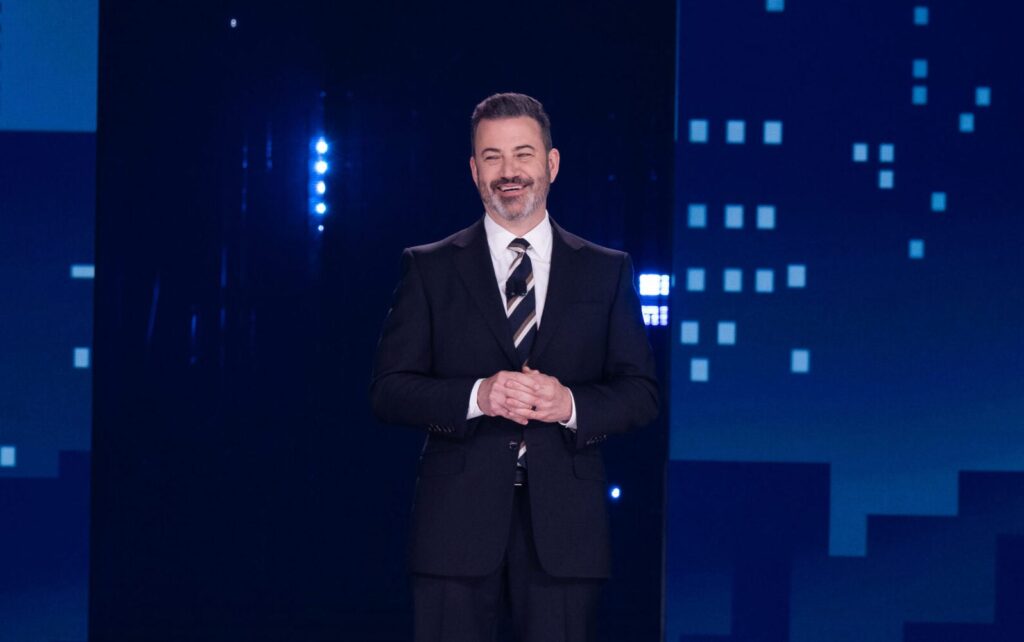Insert media — package inserts, bind-ins, blow-ins, and the like — have long been considered the ugly stepsister of prospecting methods. One reason may be that response rates are typically 25%-50% lower than the response rates when mailing catalogs to rented names. Then again, while the costs for insert media vary depending on the type of program, they generally run 25%-30% less than the cost of mailing to a rental list. By way of example, the Caswell-Massey package insert program, managed by Direct Media, costs $65/M; the base price for renting the names of the toiletries cataloger’s 12-month buyers is $105/M.
But after several years of stagnating list universes and disappointing response rates, more catalogers are testing insert media. And according to Leon Henry, president/founder of the Scarsdale, NY-based list firm that bears his name, more than 260 catalogers are offering blow-in programs and more than 80 catalogers are offering bind-in programs, up from last year.
Concise creative
Another reason some catalogers balked at using insert media may have been the need to create new collateral. The maximum size for a package insert is typically 5-1/2″ × 8-1/2″; catalog blow-ins and bind-ins are postcard-size (see “Insert Media 101,” below).
As a result, “mailers have to be more concise in their creative,” says Daniel Plunkett, senior vice president of Scarsdale, NY-based Singer Direct. “Catalogers should use the fundamentals that have made them successful but do it on a miniature scale.” If you use value pricing as your differentiating feature, be sure to emphasize that on your insert creative. If you pride yourself on speedy service, call attention to that.
For catalogers used to having multiple full-size pages to tell their story, adapting to the space limitations of a card deck or a statement stuffer can be challenging. Nonetheless, experts say, try to use a paper stock, type fonts, and colors that tie in with the creative of your catalogs and other marketing materials.
Dennis Erickson, vice president for alternative and print media for Minneapolis-based list firm Paradysz Matera, also suggests catalogers try to attract prospects’ attention with a special promotion, such as a discount or free shipping.
Marketers of relatively straight-forward products, such as nutritional supplements catalog Puritan’s Pride, have had success with “one step” offers. The insert acts a direct response vehicle for one or two specific products. Catalogers that have a trademark product or runaway best-seller, such as high-tech gifts marketer Sharper Image and its Ionic Breeze air freshener, can also prospect successfully with a one-step insert.
Catalog marketers with high-price or complicated merchandise that needs more explanation than a couple of paragraphs are better off using a two-step approach to insert media. In this case, their insert should be a call to request a catalog rather than to buy a product. By requesting a catalog, the prospect is prequalifying himself; hopefully the catalog will close the sale.
No matter which type of insert media you’re using, it is imperative to first test your programs and to be patient, advises Henry. “I’ve seen many times where a cataloger gives up before properly testing the various media. It may take months before a cataloger gets a full read on the program.”
Insert Media 101
A primer on the most popular types of insert media and what sort of offer they work best with:
PACKAGE INSERTS
These free-standing promotional pieces are inserted into the outgoing boxes carrying merchandise to customers. Generally speaking, the maximum weight for a package insert is 0.25 oz.; the maximum dimensions are 5-1/2″ × 8-1/4″. Costs are typically $55/M-$65/M. Some mailers, such as Warren, PA-based Blair Corp., insert 16-page mini-catalogs, usually with an offer such as free shipping to entice the customer. When determining which products to feature in this sort of insert, Paulette Kranjac, president of New York-based list company List Process Co., suggests choosing those with the best margins. Also, consider mini-catalogs as a way to sell overstocked items or test new products.
CARD DECK MAILINGS
A card deck usually consists of at least 20 3-1/2″ × 5-1/2″ business reply cards from various, often competing marketers delivered in polypacks. Including printing, they average $25/M-$35/M, though most card decks will accept preprinted cards as well. Card deck mailings are still used primarily by business-to-business marketers, according to list professional Leon Henry, but a growing number of consumer card decks have come onto the market. Henry estimates that about 500 decks are available, in circulations of 50,000-1 million.
CATALOG BIND-INS/BLOW-INS
Some consumers profess annoyance with blow-ins — those postcards that tumble out of magazines and catalogs — but they have proven successful in driving recipients to request a catalog or visit a Website. Horticultural mailers have long used blow-ins, and now gift and apparel mailers are following suit. Price is no doubt part of their appeal: Participating in a blow-in program can cost as little as $30/M. Bind-ins differ from blow-ins in that they are bound or stapled into a catalog or a magazine.
STATEMENT INSERTS
Credit-card companies and banks are the companies most likely to accept statement inserts. Also called statement stuffers, these inserts are included in the envelopes of credit-card bills, bank statements, and similar mailings. The maximum size is usually 3-1/2″ × 6″; costs average $50/M. New York-based BMG Music uses stuffers to promote its standard “12 CDs for the price of 1” offer. “The offer is our message,” says Ann Marie Fitzpatrick, BMG’s senior director of marketing. “That really drives the point home.”
RIDE-ALONGS
When a company mails a catalog, a circular, or some other announcement to its customer base, it may allow outside advertising to “ride along.” Usually stuffed inside a 6″ × 9″ envelope, ride-alongs can be most effective when offering a simple product or promotion, such as a free gift with purchase. Costs typically run $40/M-$65/M.
— MDF
 Network
Network

